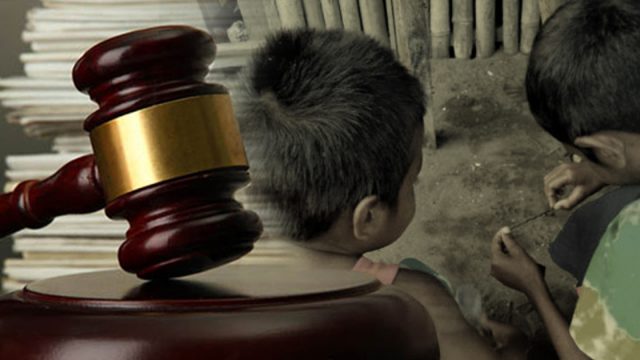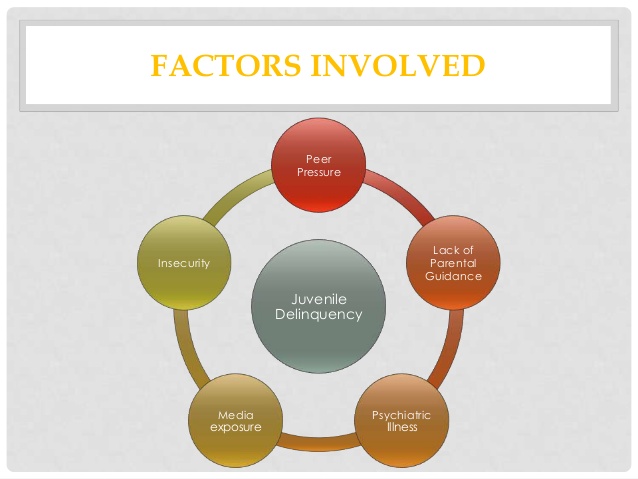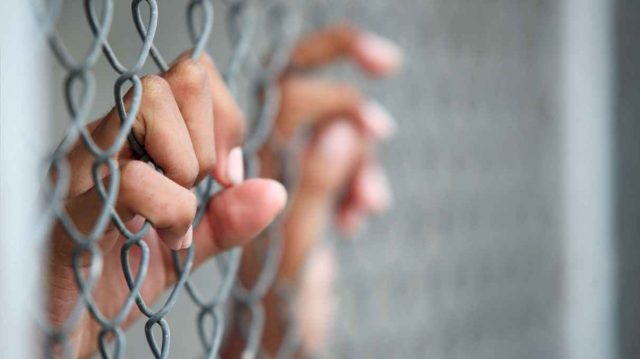Scientific approach to juvenile delinquency

Juvenile delinquency is a serious and common problem but not hopeless: it has been on the decline for a number of years, yet, juvenile courts continue to assess millions of cases per year. There are times when this subject seems hopeless such as when we read about a horrendous crime committed by a minor. The examples of Marta del Castillo, where at least two minors were involved, or the 11-year-old boys convicted of abduction and murder in the beating death of a Liverpool toddler, James Bulger, are evident. These latter delinquents were sentenced to serve a term of indefinite custody for what the trial judge later called “an act of unparalleled evil and barbarity.”
In the face of juvenile delinquency there are two possible strategies: the easy one, which involves locking younger and younger offenders, at an earlier age and for a longer time. The other possibility is to avoid criminalization, to remember the spirit of the UN Convention on the Rights of the Child, and to seek alternatives to imprisonment based on the family. In principle, the offender’s parent or a legal guardian should be involved, unless this is deemed counter-productive for the reintegration of the child. Science tools can be helpful to establish an evaluation of the behavior, the aspects involved in the crime and the best strategies for rehabilitation.

A first aspect is that we should not treat those juvenile offenders as if they had no responsibility. On the contrary, it is important that they take responsibility for what they have done. Nevertheless, their childhood trajectory must be taken into account. Adverse childhood experiences are involved in the negative health and behavioral consequences of various forms of childhood abuse, neglect, and exposure to household dysfunction. They are associated with an array of health, psychiatric, and behavioral problems including antisocial behavior. Individuals who endured more adverse childhood experiences tended to suffer the most throughout the life course and evinced the greatest number of health problems, maladaptive behaviors, and comorbid psychiatric conditions. It has become clear that diverse adverse childhood experiences are fairly pervasive among clinical and correctional samples relative to those in the general population. Delinquents were significantly more likely than those in the general population to have pervasive adverse childhood experiences and significantly less likely to never experience adverse childhood experiences. In other words, clinical samples of youth evince a high preponderance of abusive experiences and deprivation. These findings were consistent with studies of youth residing in detention, correctional, and confinement facilities where adverse childhood experiences are endemic. A recent study 1 used epidemiological tables of odds (both unadjusted and adjusted for onset, total adjudications, and total out of home placements) to evaluate the significance of the number of adverse childhood experiences on commitment for homicide, sexual assault, and serious persons/property offending. The effects of adverse childhood experiences vary considerably across racial and ethnic groups and across offense types. Adverse childhood experiences are strongly and positively associated with sexual offending, but negatively associated with homicide and serious person/property offending. Differential effects of adverse childhood experiences were also seen among African Americans, Hispanics, and whites in a good example of a epidemiological approach to a Law subject.
Another important aspect is whether there is an association between psychosocial factors and severity of crime in juvenile delinquency 2. This type of study is frequently used in biomedical studies to identify correlations between different variables. After studying the associations between crime severity and factors such as gender, age, criminal history, concomitant attention deficit hyperactive disorders and other comorbid psychiatric conditions, it was concluded that no differences were found in terms of gender, age, children’s past history of crime and substance abuse. However, family crime history and having one or more comorbid psychiatric disorder were significantly higher in the high severity crime group. The most common psychiatric disorders were found to be ADHD, oppositional defiant disorder, conduct disorder and anxiety disorder.

A scientific approach can be also helpful in the evaluation of corrective decisions. In the last years, new programs that divert juvenile offenders away from formal and traditional processing have been developed. However, evidence-based evaluations of these programs are limited. Teen Court is a specialized diversion intervention that offers an alternative to traditional court processing for juvenile offenders. In these courts, teens charged with certain types of offenses can be judged and sentenced by a jury of same-aged peers. Teen courts are staffed by youth volunteers who serve in various capacities within the program, trained and acting in the roles of jurors, lawyers, bailiffs, clerks and judges. Their purpose is to provide an alternative disposition for juveniles who have committed a delinquent act, have committed a minor offense, or have been charged with a misdemeanor, and are otherwise eligible for diversion. Despite the rapid expansion of Teen Courts, there is little comprehensive and systematic evidence available to justify this expansion. A recent meta-analytic study 3 examines the effects of Teen Court on the recidivism of juvenile offenders. The literature search resulted in the selection of 14 studies, which contributed 18 unique effect sizes with a total sample of 2125 treatment group and 979 comparison group youth. The findings from the metaanalysis, a statistical analysis that combines the results of multiple studies, suggest that Teen Court is no more effective at reducing recidivism than formal processing or other diversion programs.
These are just three examples of how the use of scientific tools (epidemiological strategies, experimental groups and controls, independent and dependent variables, statistical meta-analysis …) can help to make informed decisions in the field of Law. Science pursues truth and this is also a useful objective for Law.
References
- DeLisi M, Alcala J, Kusow A, Hochstetler A, Heirigs MH, Caudill JW, Trulson CR, Baglivio MT (2017) Adverse Childhood Experiences, Commitment Offense, and Race/Ethnicity: Are the Effects Crime-, Race-, and Ethnicity-Specific? Int J Environ Res Public Health 14(3): piiE331. doi: 10.3390/ijerph14030331 ↩
- Taşkıran S, Mutluer T, Tufan AE, Semerci B (2017) Understanding the associations between psychosocial factors and severity of crime in juvenile delinquency: a cross-sectional study. Neuropsychiatr Dis Treat 13: 1359-1366. ↩
- Bouchard J, Wong JS (2017) A Jury of Their Peers: A Meta-Analysis of the Effects of Teen Court on Criminal Recidivism. J Youth Adolesc 46(7): 1472-1487. ↩